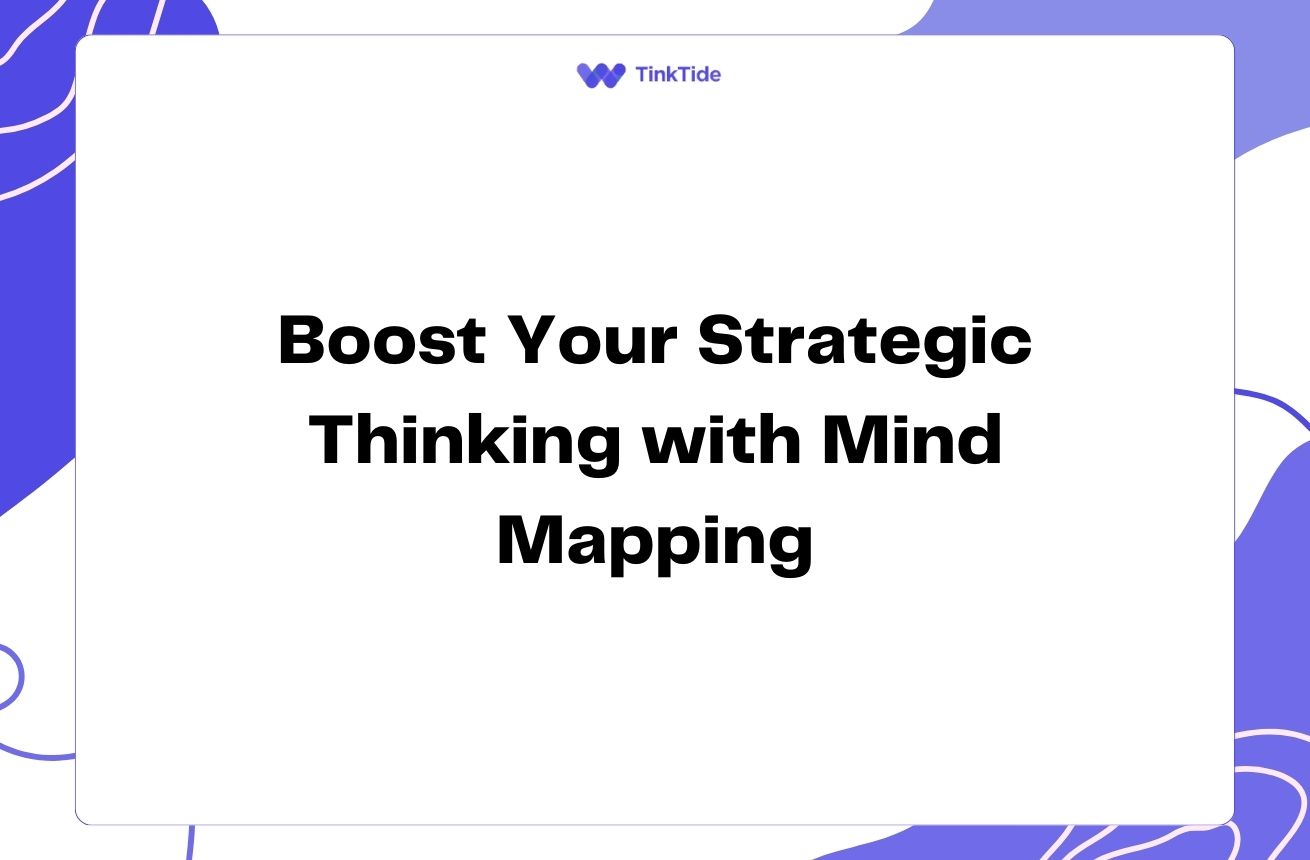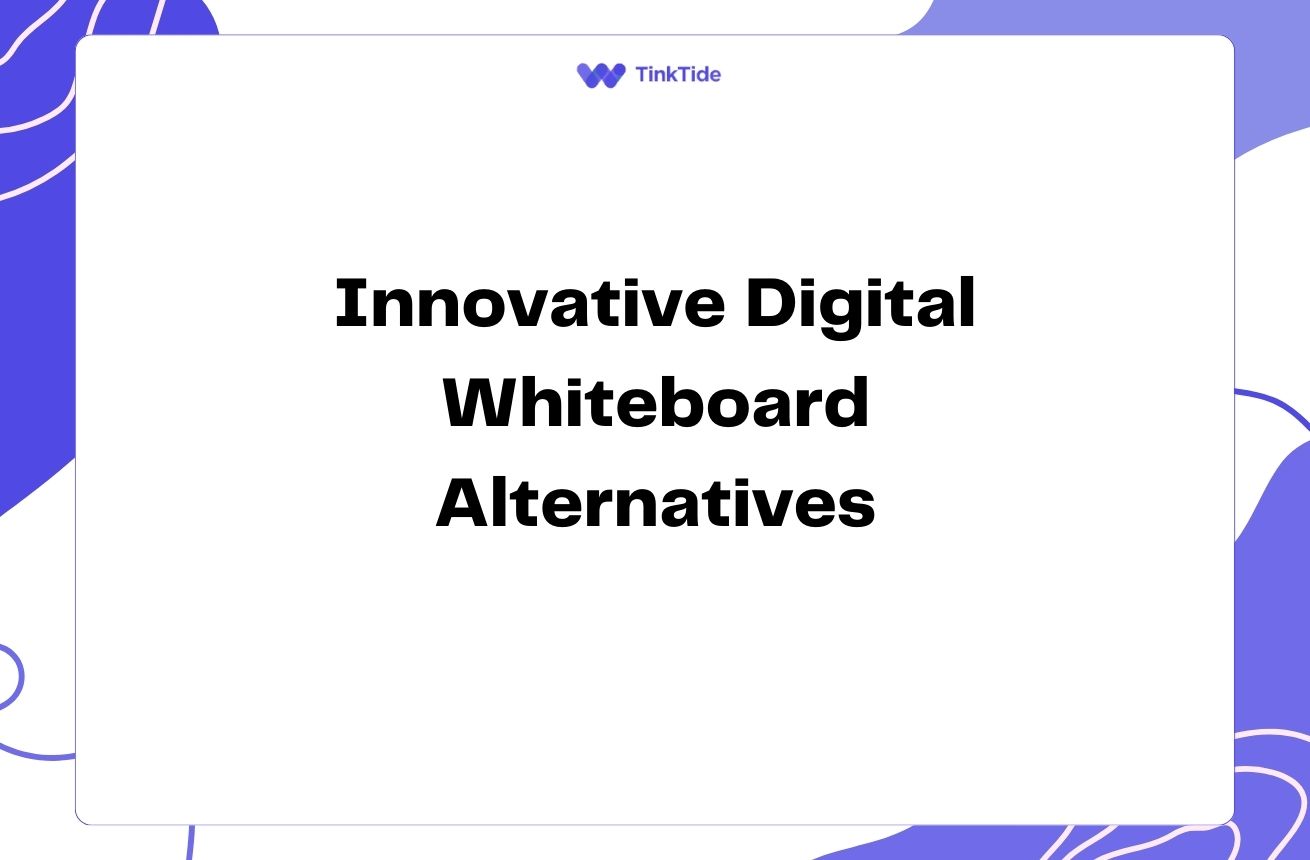Master Event Planning with Mind Mapping: 7 Essential Tips
The Power of Mind Maps in Event Planning
Mind mapping is a powerful tool that can revolutionize your event planning process. By visually organizing ideas and tasks, mind maps help you see the big picture while keeping track of important details. They're perfect for brainstorming, organizing, and managing complex events of any size.
Using mind maps for event planning allows you to create a central hub of information that's easy to update and share with your team. This visual approach can help you identify potential issues early, ensure nothing falls through the cracks, and keep everyone on the same page throughout the planning process.
Let's explore seven essential tips to harness the full potential of mind maps for your next event.
1. Start with the Core Concept
Begin your mind map with the event's main theme or purpose at the center. This could be the event name, date, or primary goal. For example, if you're planning a company conference, you might start with 'Annual Tech Summit 2023' as your central node.
From this central idea, branch out to create your main categories. These might include venue, speakers, marketing, logistics, and budget. Each of these branches will form the backbone of your event planning mind map.
Remember, the goal is to create a clear, hierarchical structure that flows logically from your central concept. This approach helps you maintain focus on the event's core purpose throughout the planning process.
2. Use Colors and Icons for Quick Recognition
Enhance your mind map's visual appeal and functionality by using colors and icons. Assign specific colors to different branches or categories. For instance, you might use green for budget-related items, blue for logistics, and red for critical deadlines.
Icons can also add a layer of quick visual recognition. Use a calendar icon for date-related information, a microphone for speakers, or a dollar sign for budget items. This visual coding makes it easier to navigate your mind map at a glance.
Many digital mind mapping tools offer built-in icon libraries and color schemes, making it easy to implement this tip effectively.
3. Break Down Tasks into Manageable Steps
One of the key benefits of mind mapping is its ability to break complex projects into smaller, more manageable tasks. For each main branch of your event planning mind map, create sub-branches that represent specific tasks or milestones.
For example, under the 'Venue' branch, you might have sub-branches for 'Research Options', 'Site Visits', 'Contract Negotiation', and 'Final Booking'. This level of detail helps ensure nothing is overlooked and makes it easier to delegate tasks to team members.
As you break down tasks, consider using the SMART goal framework to make each item Specific, Measurable, Achievable, Relevant, and Time-bound. This approach will help you create a more actionable and effective event planning roadmap.
4. Integrate Timelines and Deadlines
Incorporating timelines and deadlines into your mind map is crucial for keeping your event planning on track. Use your mind map to create a visual timeline of key milestones and deadlines leading up to the event date.
You can do this by adding date labels to relevant branches or by creating a separate timeline branch that links to other parts of your mind map. This integration allows you to see at a glance what needs to be done and when, helping you prioritize tasks and allocate resources effectively.
Consider using Gantt chart features if your mind mapping tool offers them. This can provide an even clearer view of task dependencies and timelines.
5. Collaborate and Share with Your Team
Mind maps are excellent collaboration tools. Many digital mind mapping platforms allow real-time collaboration, making it easy for your entire event planning team to contribute ideas, update progress, and stay informed.
Share your mind map with team members and stakeholders, assigning specific branches or tasks to individuals. This clear delegation of responsibilities helps prevent duplication of effort and ensures everyone knows their role in the event planning process.
Regular team meetings centered around the mind map can be an effective way to track progress, identify bottlenecks, and make quick decisions. The visual nature of mind maps makes it easy to focus discussions and keep everyone aligned on event goals and timelines.
6. Link to External Resources
Enhance the functionality of your event planning mind map by linking to external resources directly from relevant branches. This could include vendor websites, contract documents, budget spreadsheets, or marketing materials.
By centralizing access to these resources within your mind map, you create a one-stop hub for all event-related information. This integration saves time and reduces the risk of important documents or information being misplaced or overlooked.
Many mind mapping tools allow you to attach files or add hyperlinks to branches. Take advantage of these features to create a comprehensive event planning dashboard.
7. Review and Revise Regularly
Event planning is a dynamic process, and your mind map should reflect that. Schedule regular review sessions to update your mind map as plans evolve, new ideas emerge, or unexpected challenges arise.
Use these review sessions to reassess priorities, reallocate resources if necessary, and ensure that all aspects of the event are progressing as planned. The flexibility of mind maps makes it easy to add, remove, or reorganize information as needed.
Consider using version control or history features in your mind mapping tool to track changes over time. This can be valuable for post-event analysis and improving your planning process for future events.
Address common questions
Here are some frequently asked questions about using mind maps for event planning:
What's the best mind mapping software for event planning?
While there are many options available, some popular choices include MindMeister, XMind, and MindMup. Choose a tool that offers collaboration features, easy sharing, and integrations with other project management tools you might be using.
How detailed should my event planning mind map be?
The level of detail depends on the complexity of your event and personal preference. Generally, aim to break down tasks to a level where they can be easily assigned and completed. Avoid going so granular that the mind map becomes cluttered and difficult to navigate.
Can mind maps replace traditional project management tools for event planning?
Mind maps can be a powerful complement to traditional project management tools, but may not entirely replace them for complex events. They excel at providing a visual overview and brainstorming, while traditional tools might be better for detailed task tracking and resource allocation.
How often should I update my event planning mind map?
Update your mind map regularly, ideally at least once a week for ongoing planning, and more frequently as the event date approaches. Establish a routine for updates to ensure your mind map remains a reliable planning tool.
Can I use mind maps for post-event analysis?
Absolutely! Mind maps are excellent for post-event debriefs. Create a new branch for 'Post-Event Analysis' and use it to capture feedback, lessons learned, and ideas for improvement. This can be invaluable for planning future events.
Provide additional resources
Mind Mapping for Dummies
A comprehensive guide to getting started with mind mapping
Event Planning Guide
Eventbrite's detailed guide to planning successful events
Project Management Institute
Resources and certifications for professional project management
TED Talk: The Power of Mind Mapping
Inspiring talk by mind mapping pioneer Tony Buzan
Event Manager Blog
Up-to-date resources and tips for event planners
Summarize key takeaways
Mind mapping is a powerful technique that can significantly enhance your event planning process. By visualizing your event structure, breaking down tasks, integrating timelines, and facilitating collaboration, mind maps provide a comprehensive overview that keeps your planning on track.
Remember to start with your core concept, use visual cues like colors and icons, break tasks into manageable steps, integrate timelines, collaborate with your team, link to external resources, and regularly review and revise your mind map. These strategies will help you harness the full potential of mind mapping for successful event planning.
Start incorporating mind maps into your event planning workflow today. With practice, you'll find that this visual approach not only makes your planning more efficient but also sparks creativity and helps you deliver truly memorable events.
Streamline Your Event Planning with Tinktide
Ready to take your event planning to the next level? Try Tinktide's intuitive mind mapping tools designed specifically for event planners.
Start Your Free Trial
